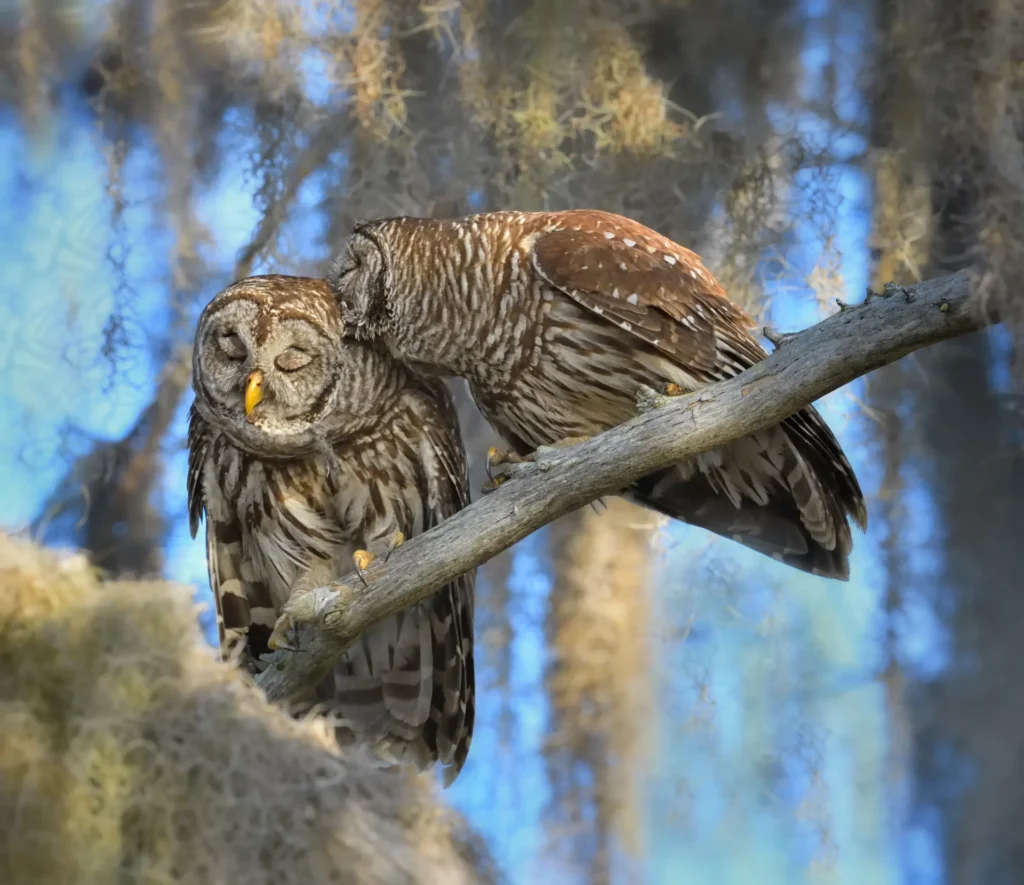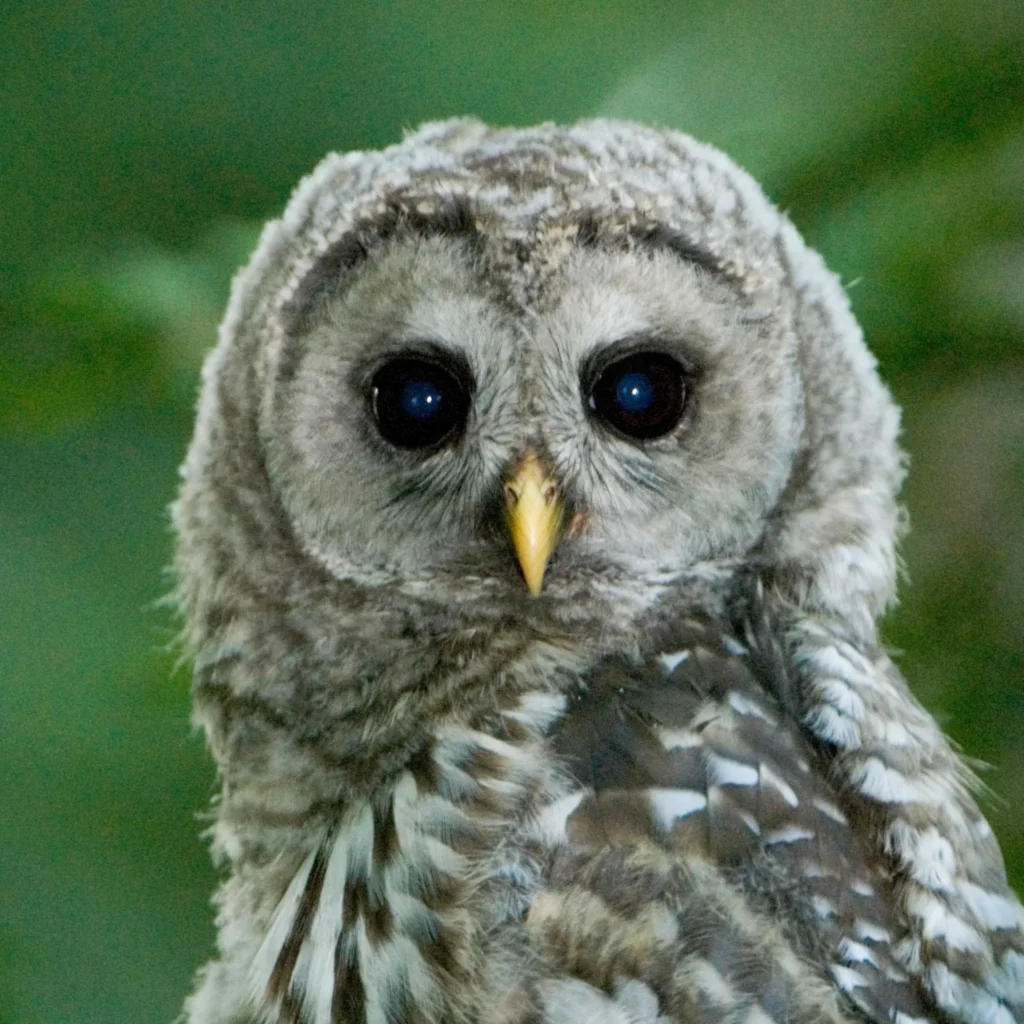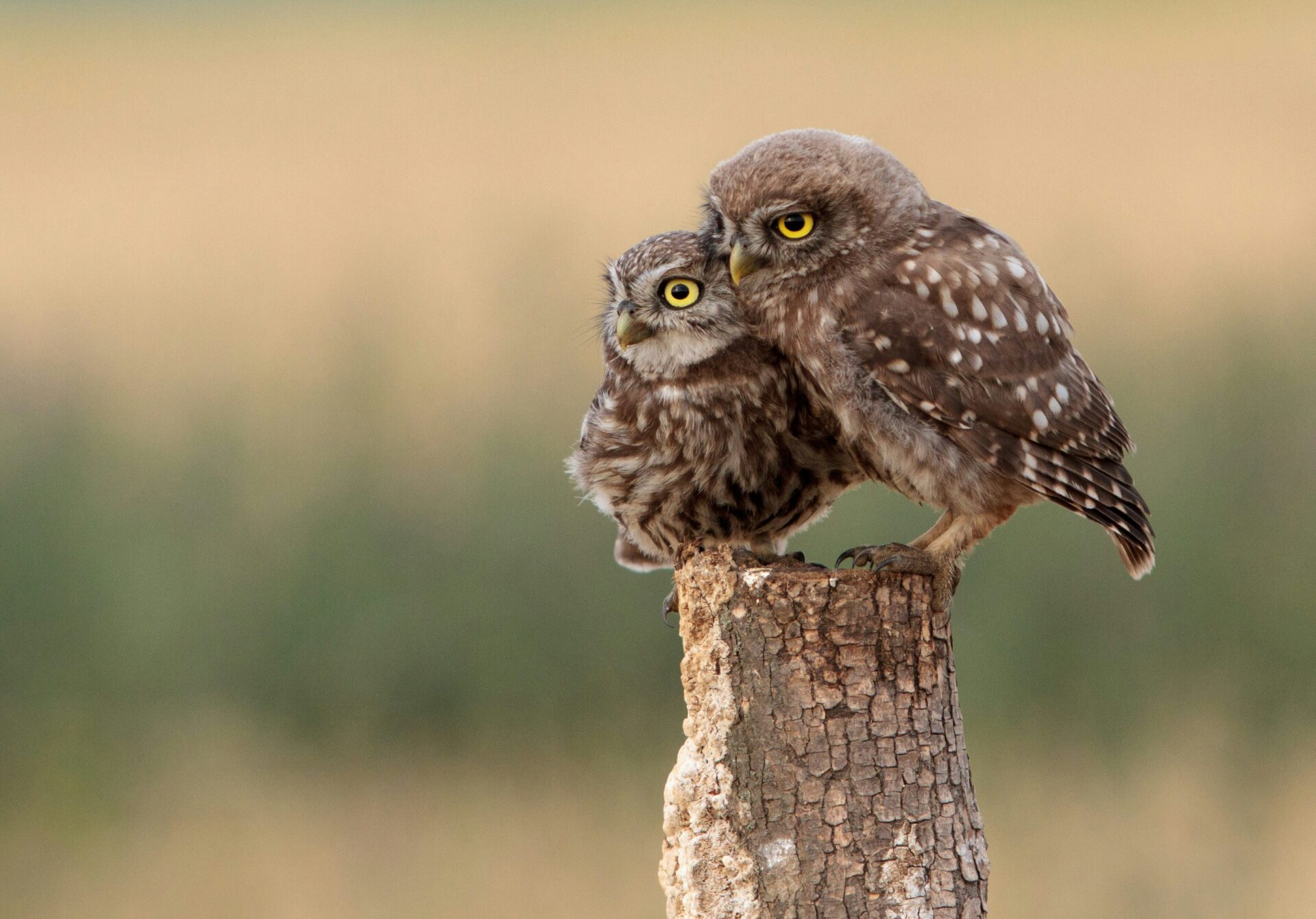Killing Owls to Save Owls: The US Wildlife Plan That Sparked an ‘Ethical Dilemma’
A government proposal to cull half a million owls in order to save a related species has ignited a heated debate about the ethics of such a decision and the role of humans in intervening in ecological challenges. The plan, put forth by the US Fish and Wildlife Service, aims to protect the endangered spotted owls, which have lost much of their habitat due to logging and development in the Pacific Northwest and Canada. The spotted owls face competition from the barred owls, a slightly larger and more successful species that has migrated westward over the past century.
The Threat to Spotted Owls
The spotted owl, an iconic symbol of the American West, has seen a significant decline in its population due to the destruction of its habitat. Logging and development have resulted in the loss of old growth forests, which are crucial for the survival of the species. Additionally, the arrival of the barred owls has further threatened the spotted owls’ survival. These owls, originally from the eastern part of the country, have adapted well to the changing landscape and have outcompeted the spotted owls for resources.

The Ethical Dilemma
The proposal to cull hundreds of thousands of barred owls has sparked a heated debate among animal welfare and conservation groups. Supporters of the plan argue that without intervention, the northern spotted owl is at risk of extinction. However, opponents argue that killing one species to save another raises ethical concerns and questions the role of humans in altering natural ecosystems.
Michael Paul Nelson, a professor of environmental ethics and philosophy at Oregon State University, describes the situation as a genuine ethical dilemma. The choice is between causing harm to individual living beings or allowing a species to disappear. Regardless of the decision, harm will be done.

Invasive Species or Natural Competition?
Spotted and barred owls are similar in appearance and can even interbreed, producing hybrid offspring known as “sparred owls.” However, the barred owls have proven to be more adaptable and successful in their survival strategies. They have a wider range of prey, are less picky about nesting locations, and reproduce at a faster rate. As a result, they have been displacing the spotted owls from their territories.
The US Fish and Wildlife Service argues that managing the invasive barred owls is necessary to protect the federally listed northern spotted owl. Without intervention, the spotted owl population will continue to decline, potentially leading to their extirpation in certain areas.
The Historical Context
The arrival of barred owls in the western part of the country coincided with the arrival of European settlers and their impact on the landscape. The settlers’ activities, such as logging and the alteration of natural habitats, likely created new opportunities for the barred owls to expand their range. The decline of indigenous forest management practices, the trapping of beavers, over-hunting of deer and elk, and the displacement of bison all contributed to the overgrowth of forests, which further facilitated the expansion of the barred owl population.
It is this historical context that leads many to view the barred owls as an invasive species. Human intervention played a significant role in their migration to the West, and some argue that it is now humans’ responsibility to address the consequences of their actions.

In conclusion, the proposal to cull barred owls to save the endangered spotted owls has raised complex ethical questions. The decision to intervene in ecological challenges caused by human activities is not an easy one. It requires careful consideration of the potential harm to individual animals and the long-term survival of species. Ultimately, finding a balance between conservation efforts and ethical responsibilities is crucial in navigating these difficult decisions.

